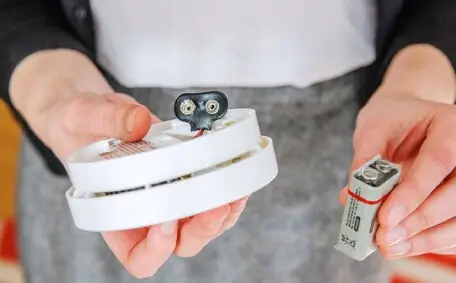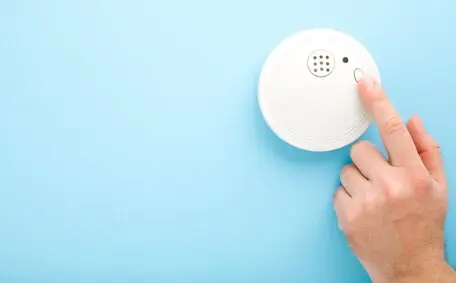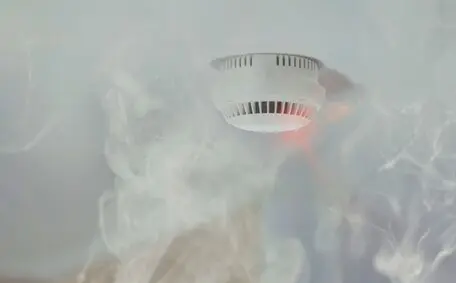
Smoke Alarm Maintenance Guide
Want to ensure your smoke alarm is in good working condition? We have a comprehensive guide on the best ways to maintain your smoke alarm throughout the year.
Read More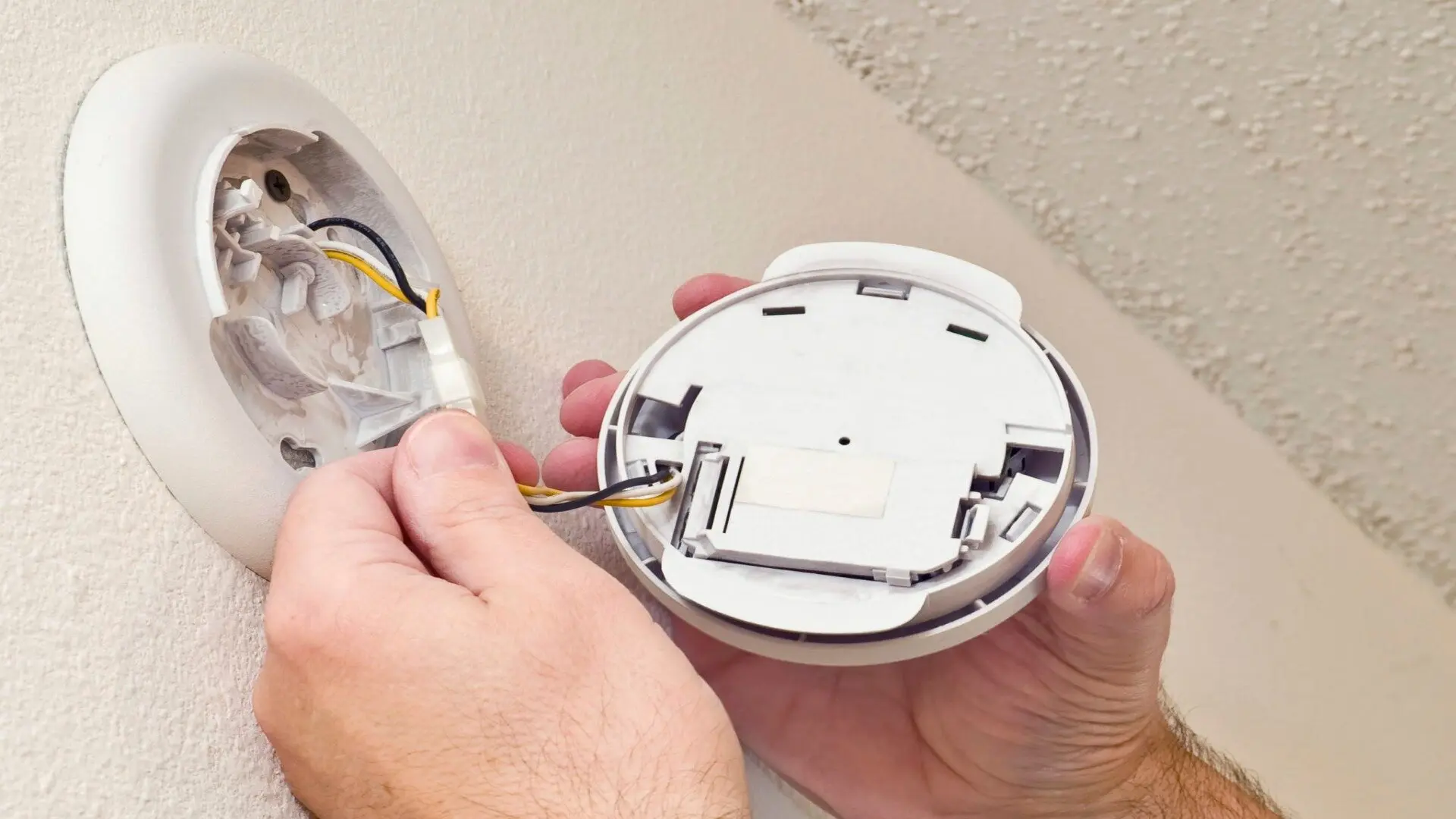
Where you install smoke alarms in your home dramatically impacts your family’s safety. While it might seem straightforward, there are important guidelines to keep in mind and mistakes to avoid when placing smoke detectors. By optimizing their locations, these vital devices can detect fires as swiftly as possible.
This article will provide smoke alarm placement recommendations for common areas like bedrooms, hallways, and staircases. You’ll learn exactly where experts advise installing smoke alarms and why proper positioning is important. We’ll also cover tips for installing smoke detectors to enhance performance and safety.
Taking the time to place your smoke alarms thoughtfully can truly save lives. Let’s get started!
When installing smoke alarms, following placement recommendations issued by safety organisations and local building codes is crucial. Proper smoke detector positioning ensures the fastest possible emergency alert in the event of fire or smoke in your home. Key guidelines focus on setting alarms in bedrooms, hallways, every level, and common living areas.
Experts suggest installing a smoke alarm in every bedroom. Fires often ignite at night when people are asleep, so having a detector in each bedroom offers an early warning. It’s best to mount them on the wall next to the door since smoke usually comes in from the hallway. Be mindful to avoid ceiling mounting in rooms with ceiling fans or windows, as these can delay alarms.
Smoke detectors should be located in hallways adjacent to bedrooms. This covers any smoke migrating from another part of the home. Long hallways may need additional detectors. Units should be wall mounted at least 4 inches from the ceiling for the fastest detection. Avoid ends of hallways or near vents.
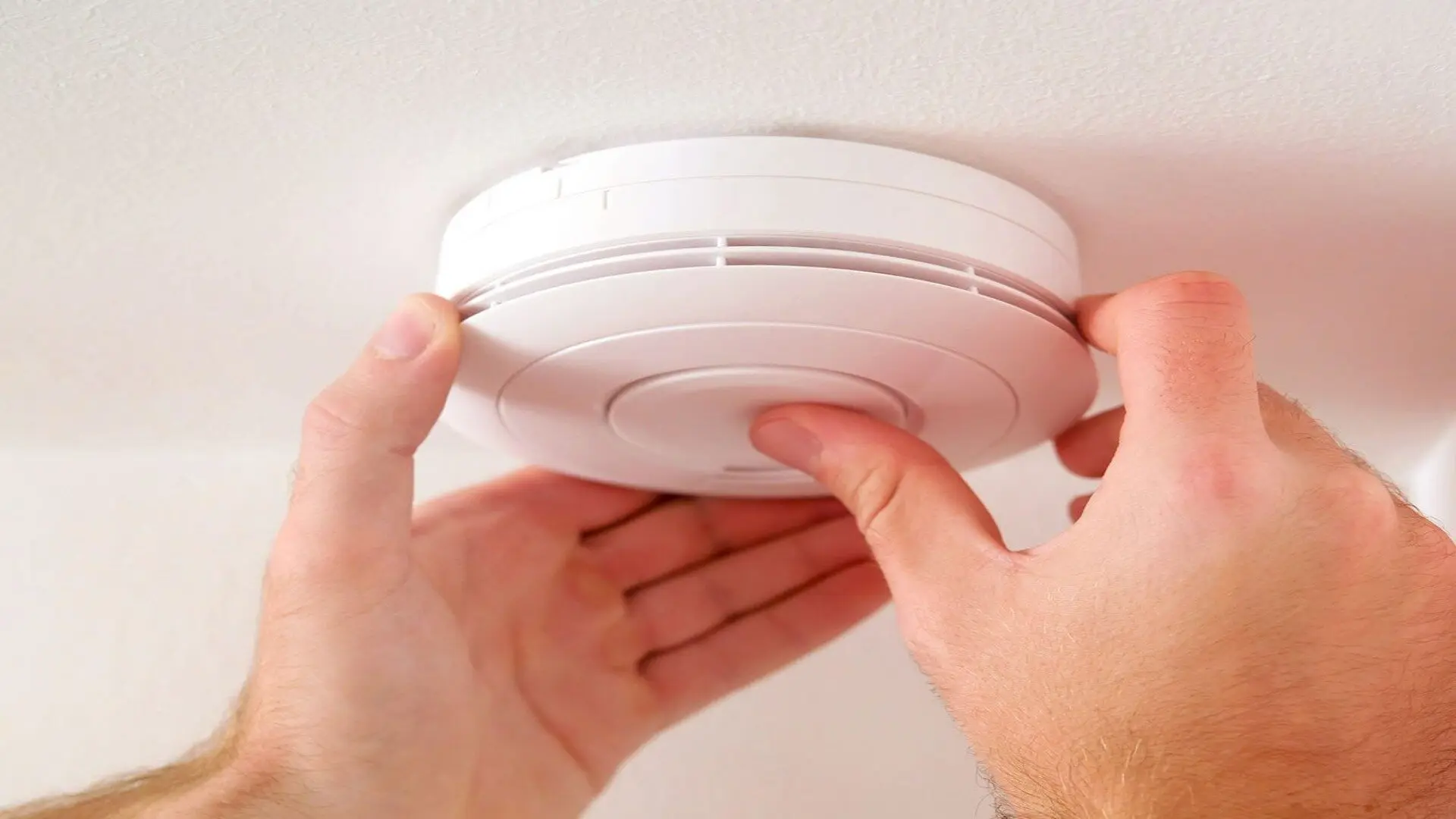
A photoelectric smoke alarm must be present on every level of the home for full coverage. This includes finished basements and storage attics with living space. Split levels may require extra units. Interconnected smoke alarms ensure alerts sound throughout the structure when any single detector is triggered.
Living rooms, dens, and main gathering areas need smoke detectors for vital protection because fires can begin in upholstered furniture. Place units on the ceiling, ensuring they are at least 4 inches away from any wall. Keep them distant from windows, fans, or kitchens to avoid false alarms. Ideally, set alarms near, but outside, kitchens, typically in nearby hallways.
While smoke alarms should be extensively placed throughout the house, certain locations should be avoided. Experts warn against installing smoke detectors in kitchens or above stoves, as normal cooking may cause nuisance alarms.
Bathrooms are also not ideal, as steam from hot showers can set them off. Avoid placing detectors near heating and cooling equipment, which can disperse smoke before it reaches the sensor.
Do not mount alarms in garages where exhaust or fumes will cause issues. Near windows, ceiling fans, or air returns also hamper effectiveness. Avoid installation in dead air space. This is an area in which trapped hot air will prevent smoke from reaching the alarm.
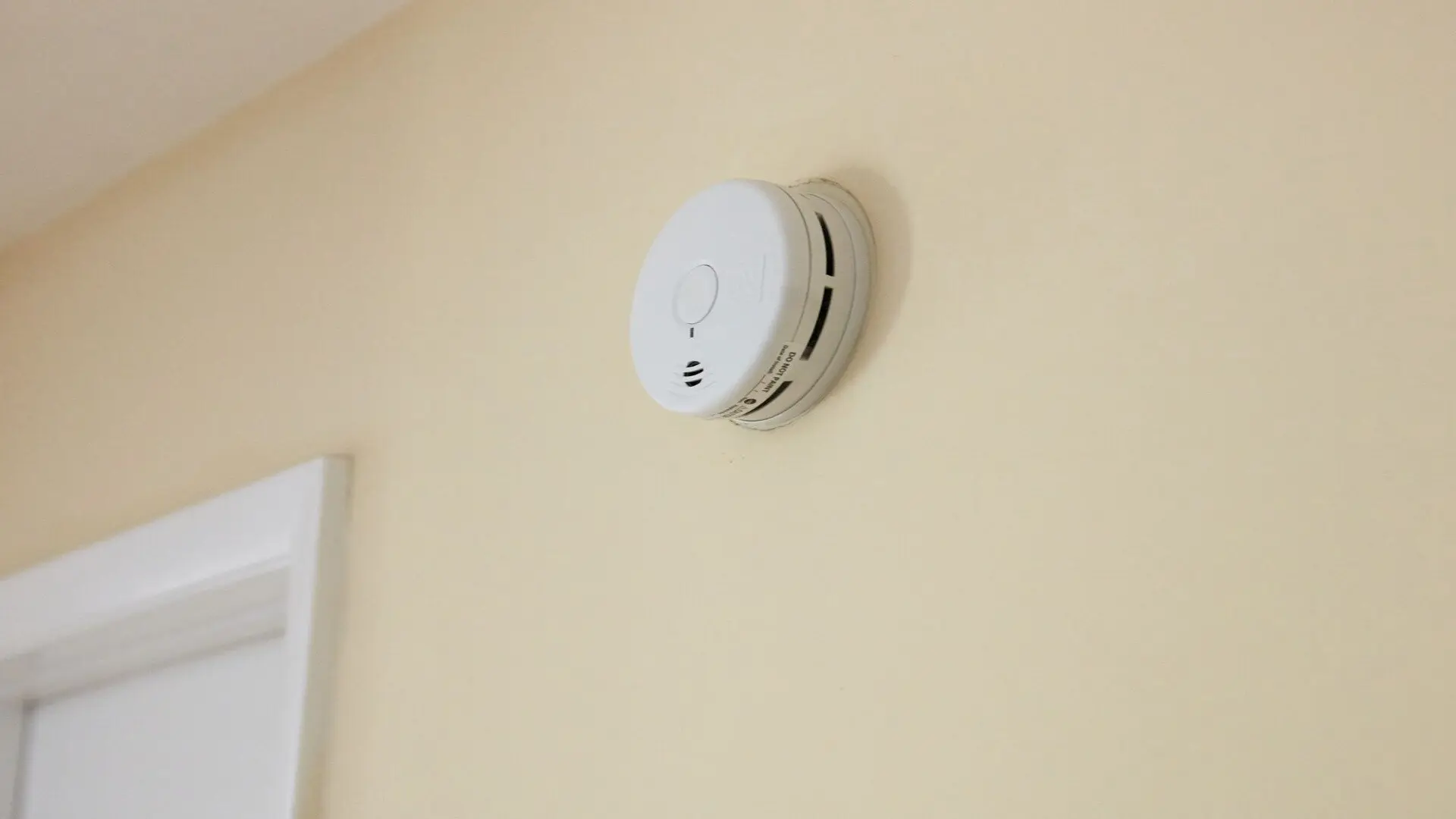
Smoke alarms must not be placed within 300mm of a corner junction of a ceiling and a wall, 300mm of a light fitting, 400mm of an air-conditioning vent, or 400mm of the blades of a ceiling fan.
Avoid placing smoke detectors near fluorescent lights, as electrical interference can affect their function. Installing them high up or on sloped ceilings isn’t recommended either, as smoke may get trapped, slowing detection. By steering clear of these spots, you optimize response times and reduce false alarms.
Installing hard-wired smoke alarms is just as important as where you place them. Always follow the manufacturer’s instructions for mounting, but keep these tips in mind.
Ceiling mounting in the centre of a room at least 4 inches from the walls provides the widest detection. On walls, install at least 4 inches down from the ceiling.
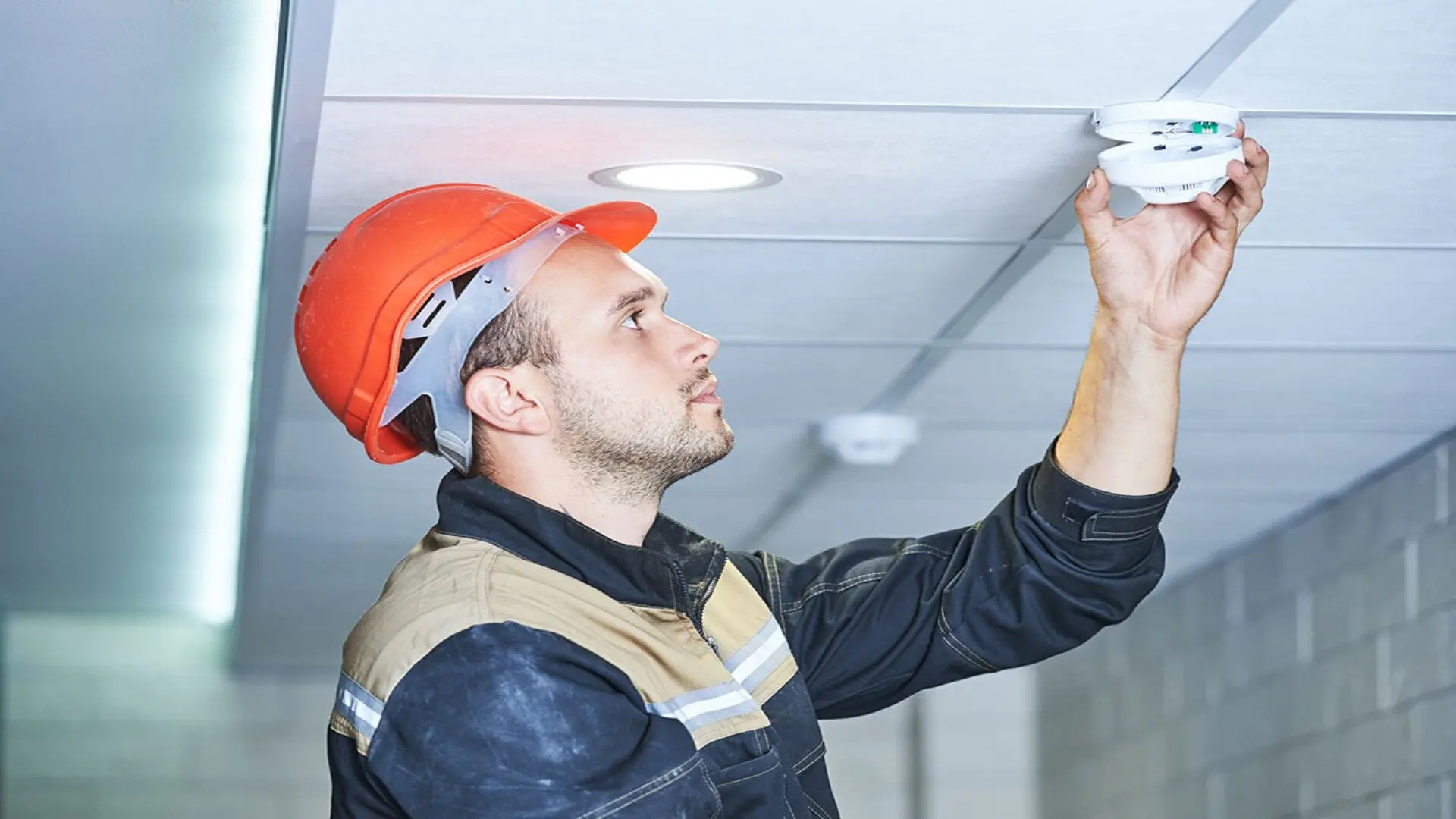
Avoid areas with dead air or drafts that may delay alarm response. Interconnect wireless alarms for whole-home coverage; hardwired is ideal. Test alarms thoroughly once installed by pushing the test button.
Replace batteries every six months and dust or gently vacuum units to keep them working properly. Install a 10-year sealed battery alarm if available to avoid battery replacement.
Smoke alarms over ten years old should be replaced as sensors lose sensitivity. Proper installation maximises your smoke detectors’ lifesaving performance.
Regular maintenance is essential to keep your smoke detectors working properly. Test each smoke alarm monthly by pushing the test button until the alarm sounds; this verifies the electronics and alert function are intact.
Change the batteries in battery-powered units every six months, or sooner if you hear a warning chirp. Also, gently vacuum smoke alarms once a year to clear out dust, dirt, and debris that might interfere with the sensor.
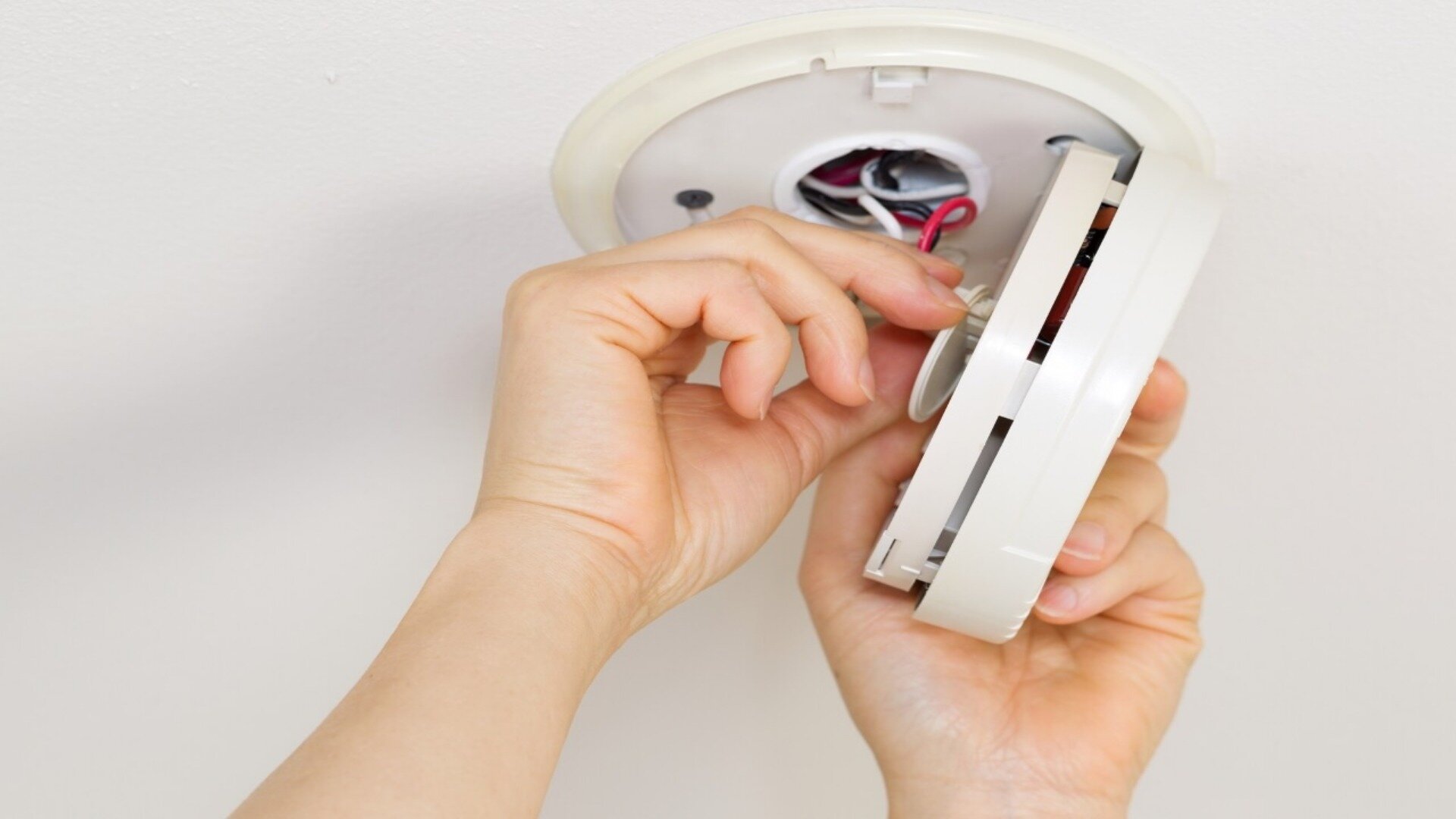
Never paint over a smoke detector. Clean the outside casing on battery-operated models with a damp cloth. Interconnected hardwired alarms may need Reset buttons pushed after testing.
Smoke alarms over ten years old need replacement as sensor accuracy declines with age. Proper maintenance and regular testing ensure your smoke detectors will provide alert, life-saving warnings if fire or smoke is detected in your home.
Installing smoke alarms properly in your home provides you and your family with an invaluable layer of fire protection. Now that you know expert smoke detector placement and maintenance recommendations, you can optimise your alarms for the fastest emergency alert possible.
Don’t risk placing smoke alarms in spots that might not be ideal, and be sure to test and clean them regularly. If you’ve got questions about installation, the team at Bright Force Electrical is ready to help.
We’re happy to assess your home and ensure your smoke alarms meet all safety guidelines. Investing in properly positioned and maintained smoke detectors gives you peace of mind, knowing you’ll be alerted quickly to smoke or fire. Contact Bright Force Electrical today to discuss upgrading the smoke alarms in your home.
Did you enjoy reading our article “Where to Install Smoke Alarms and Why It Matters”? We have many related articles you may also be interested in reading, like the below:
Want to ensure your smoke alarm is in good working condition? We have a comprehensive guide on the best ways to maintain your smoke alarm throughout the year.
Read MoreLearn why smoke alarms are crucial for home safety and how to keep them in optimal condition. From where they need to be installed to the different types, you can find everything you need to know in our guide!
Read MoreDiscover the different types of smoke alarms available in Sydney, Australia. From ionisation and photoelectric alarms to the effectiveness of dual-sensor alarms, learn how to choose the right smoke alarm for enhanced fire detection and safety.
Read MoreWe will call back as soon as possible.
